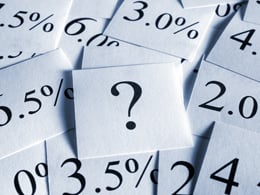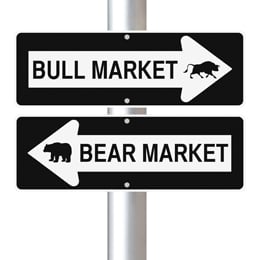One of the most unusual aspects of this presidential campaign is how both parties have lined up in opposition to free trade. No surprise there from the Democrats, who have substantial interest groups that have always been anti-free trade, but it’s a complete reversal for the Republicans.
You have to figure that when both parties agree on something, government action becomes significantly more likely. And that means we as investors should start thinking about what protectionism means for us.














